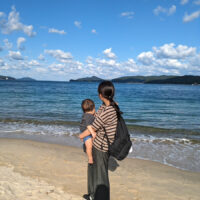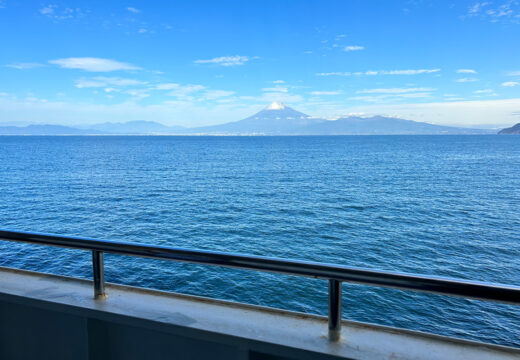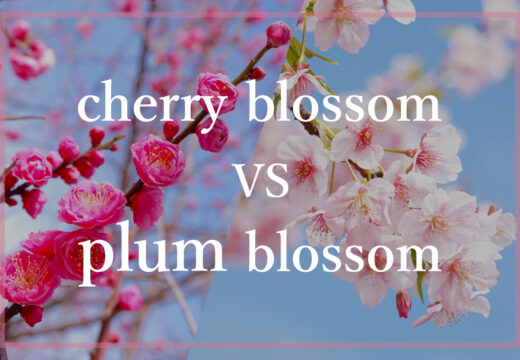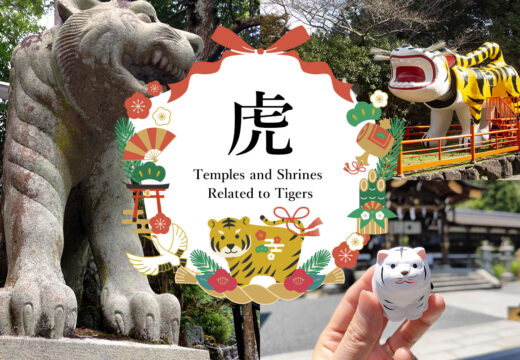Tango, the Kyoto by the Sea, is Full of Japanese History, Culture, and Gastronomy
Category: Regions of Japan Sightseeing
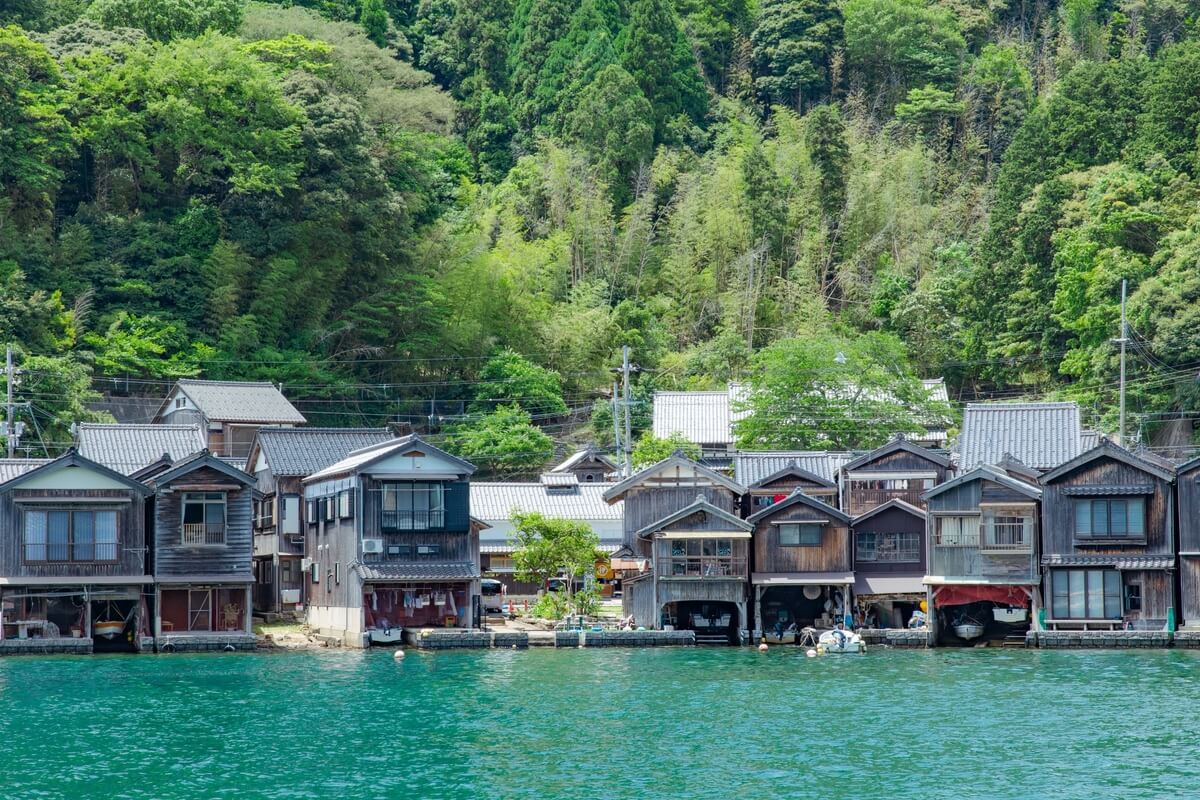
Kyoto is Japan’s ancient capital, steeped in history and culture, and a popular tourist destination that attracts people from all over the world. Because of this, it can be difficult to enjoy sightseeing because of the crowds everywhere. There is one area that is recommended for those who want to relax and enjoy sightseeing while experiencing Kyoto’s history and nature. It is the Tango area located in the northern part of Kyoto Prefecture. It is also called “Kyoto by the sea,” and in recent years, it has begun to attract the attention of foreign tourists.
In this issue, we will unravel the history of the Tango area, the Kyoto by the Sea, and introduce its attractions, including recommended spots, souvenirs, and gourmet foods.
What is Tango, Kyoto by the Sea?
The Tango area is the region around the Tango Peninsula facing the Sea of Japan, including Miyazu City, Kyotango City, Ine Town, and Yosano Town in northern Kyoto Prefecture. Even among Japanese people, Kyoto is strongly associated with temples and shrines, so the northern part of Kyoto and the Tango area are promoted as “Kyoto by the Sea.”
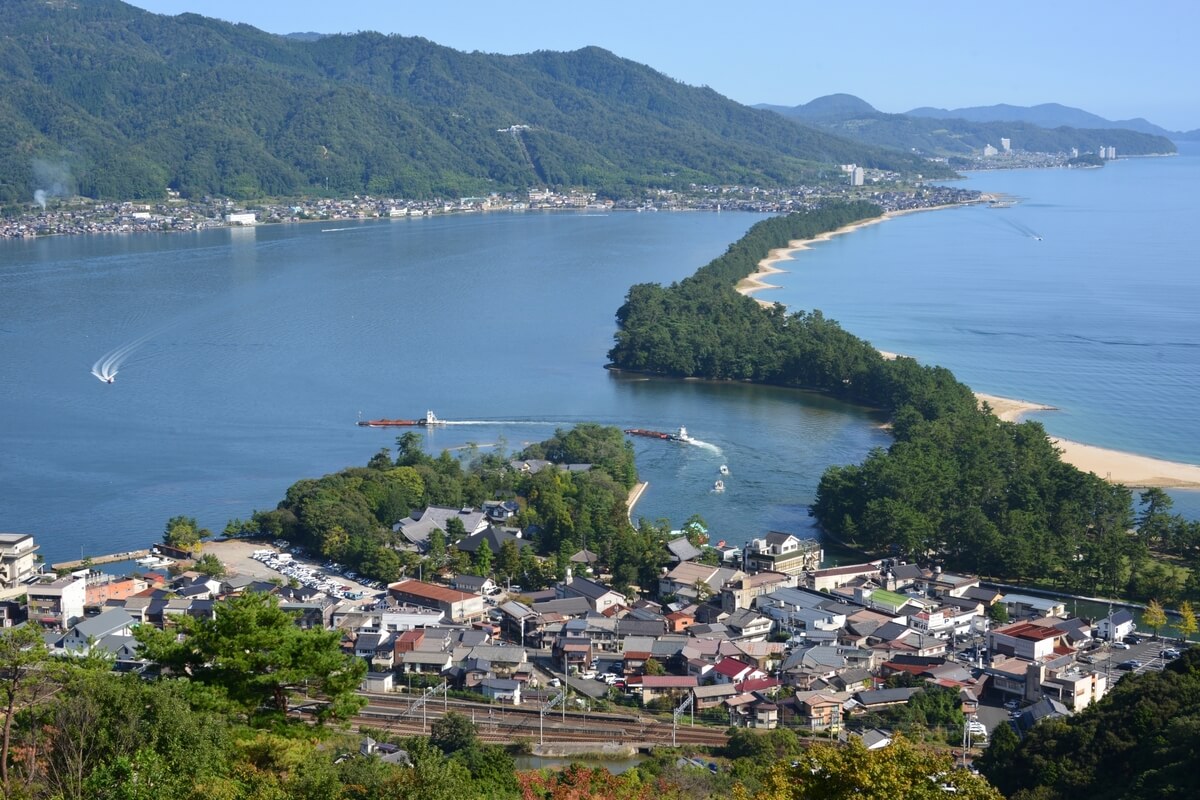
Tango, the Kyoto by the sea, is home to Amanohashidate, one of the three most scenic spots in Japan, and is a historic place where Japanese myths and folklore remain. Tango is also a treasure trove of gourmet foods such as Tango-barazushi, crab and other seafood, and traditional handicrafts such as Tango chirimen, making it a place full of attractions.
History of Tango
Development of the Tango Kingdom
Tango began about 2,000 years ago (late Yayoi Period – Kofun Period). It is said that there may have been a large country, the “Tango Kingdom,” in the area around the Tango Peninsula. It is said that rice cultivation, iron processing, and Chinese medicine, which were introduced from the Chinese continent just across the Sea of Japan, flourished and developed. As evidence of this, there are about 6,000 burial mounds in the Tango area, including the 200-meter-long Ebisuyama burial mound in Yosano Town.
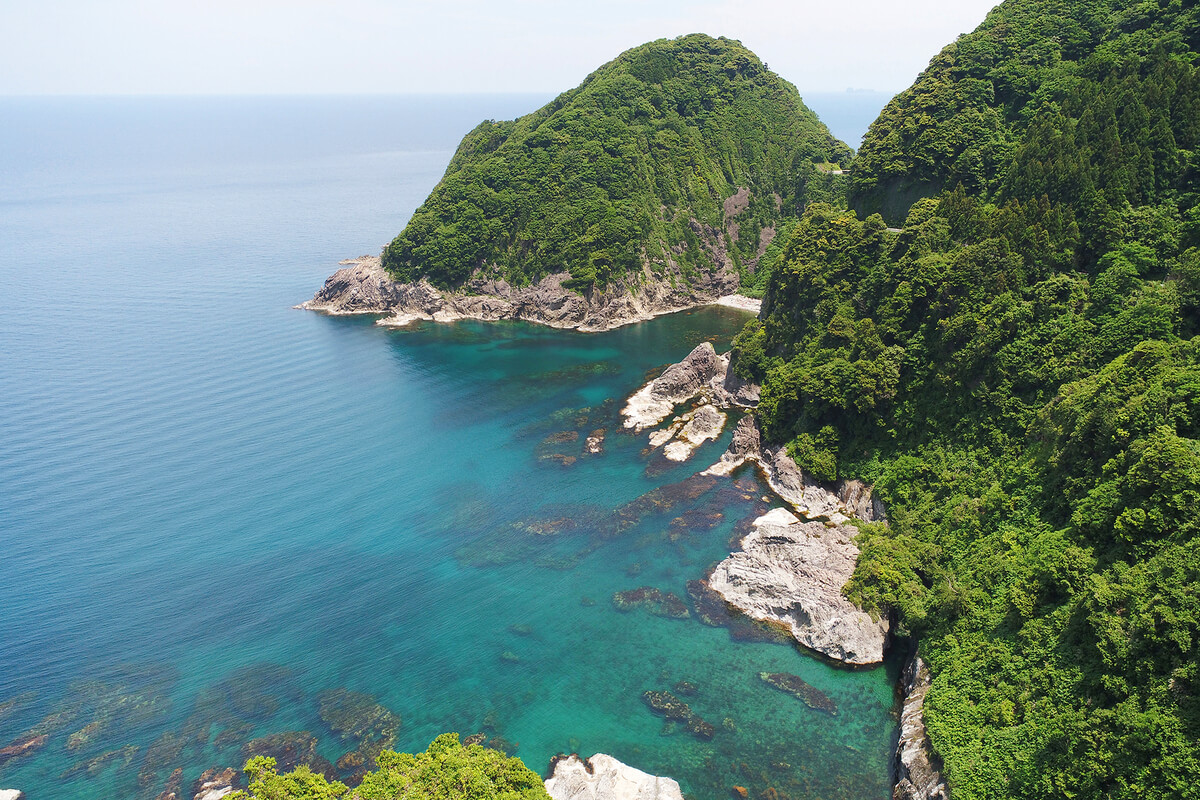
Eventually, Tango came under the control of the Yamato kingdom.
The Yamato kingdom was centered in present-day Nara Prefecture and is considered to be the beginning of the nation of Japan.
Legends from Tango
Tango is full of romance, where a large country is said to have existed before the beginning of Japan. The oldest book, “Tango-no-kuni-fudoki” (Tango Province Fudoki), contains various legends.
First, let us introduce the story of the origin of Amanohashidate, one of the three most scenic spots in Japan.
Izanagi no Mikoto (male deity), who appears in Japanese mythology as the god of birth of the country, built and erected a ladder connecting heaven and earth in order to meet Izanami no Mikoto (female deity) on earth. However, while Izanagi no Mikoto (male deity) was sleeping, the ladder fell overboard and became one long, narrow piece of land, which became Amanohashidate.
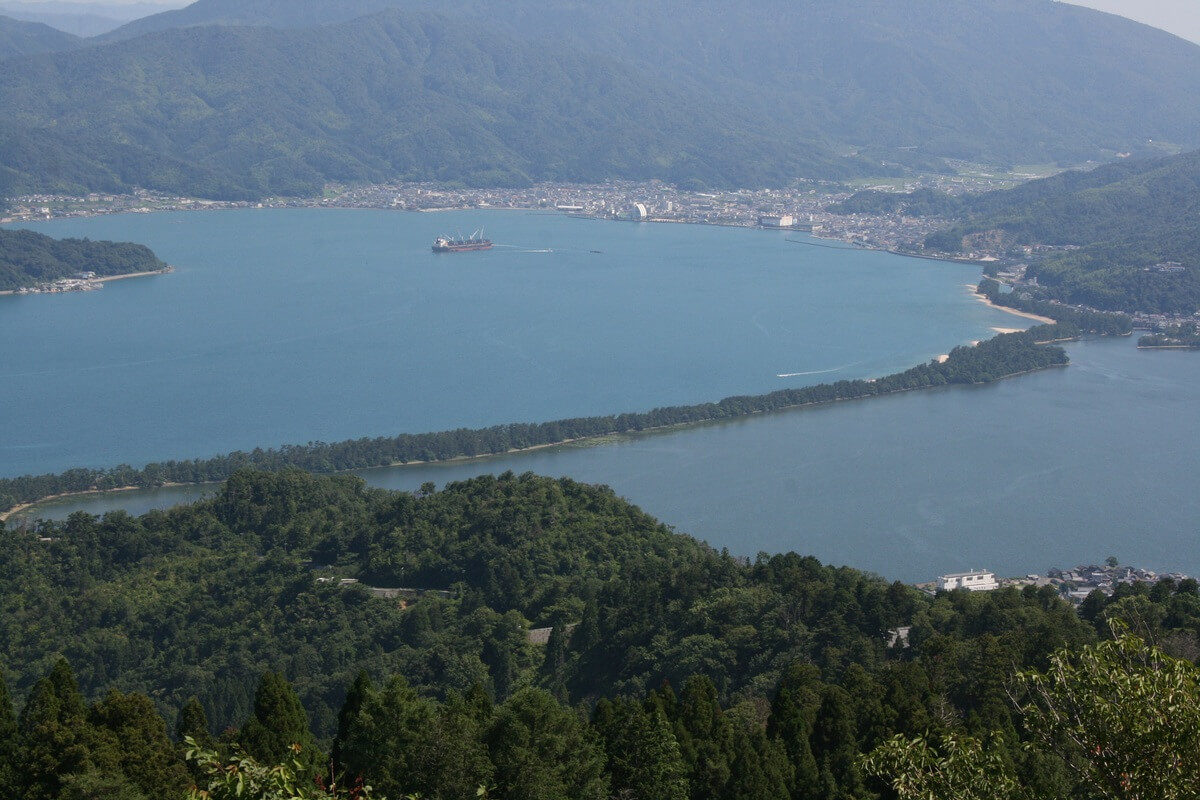
Other famous Japanese fairy tales, such as “Urashima Taro” and “The Legend of Hagoromo” are among the oldest legends in Japan. Tango is also home to places associated with each of these legends, and is attractive for its many mysterious spots of Japanese myths and legends.
Places to visit in Tango
Amanohashidate
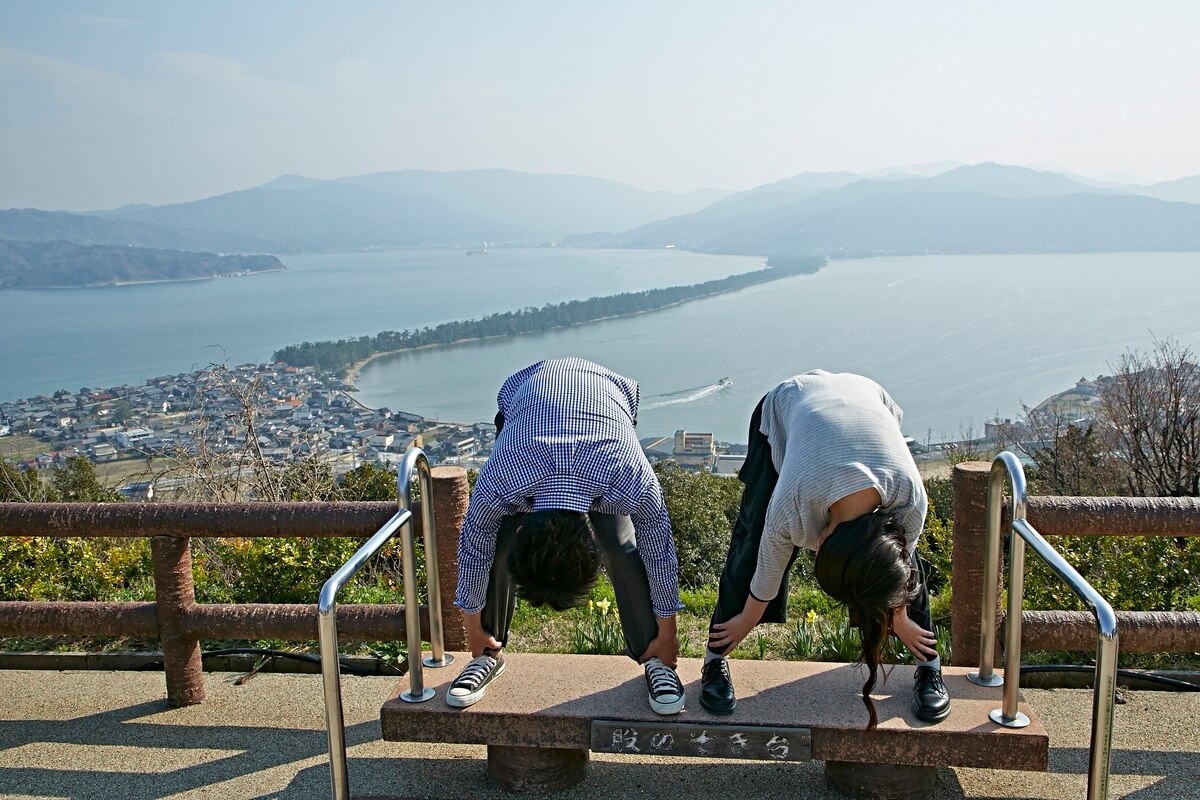
Amanohashidate was introduced in the legend of Tango. Along with Matsushima in Miyagi Prefecture and Miyajima in Hiroshima Prefecture, it is one of the three most scenic spots in Japan, with very beautiful scenery.
Located on Miyazu Bay in Miyazu City, it is a stretch of sand about 20 to 170 meters wide and 3.6 km long. The unusual terrain with approximately 6,700 pine trees growing thickly looks like a bridge spanning the heavens, hence the name “Amanohashidate” (meaning “bridge to heaven”). At the observation decks at “Kasamatsu Park” and “Amanohashidate Viewland,” located at both ends of Amanohashidate, it is standard practice to take a “Matanozoki (crotch peek)” at the viewpoints. If you spread your legs and peek between your legs, you will see a bridge spanning the heavens and a dragon soaring up to the sky.
Ine no Funaya
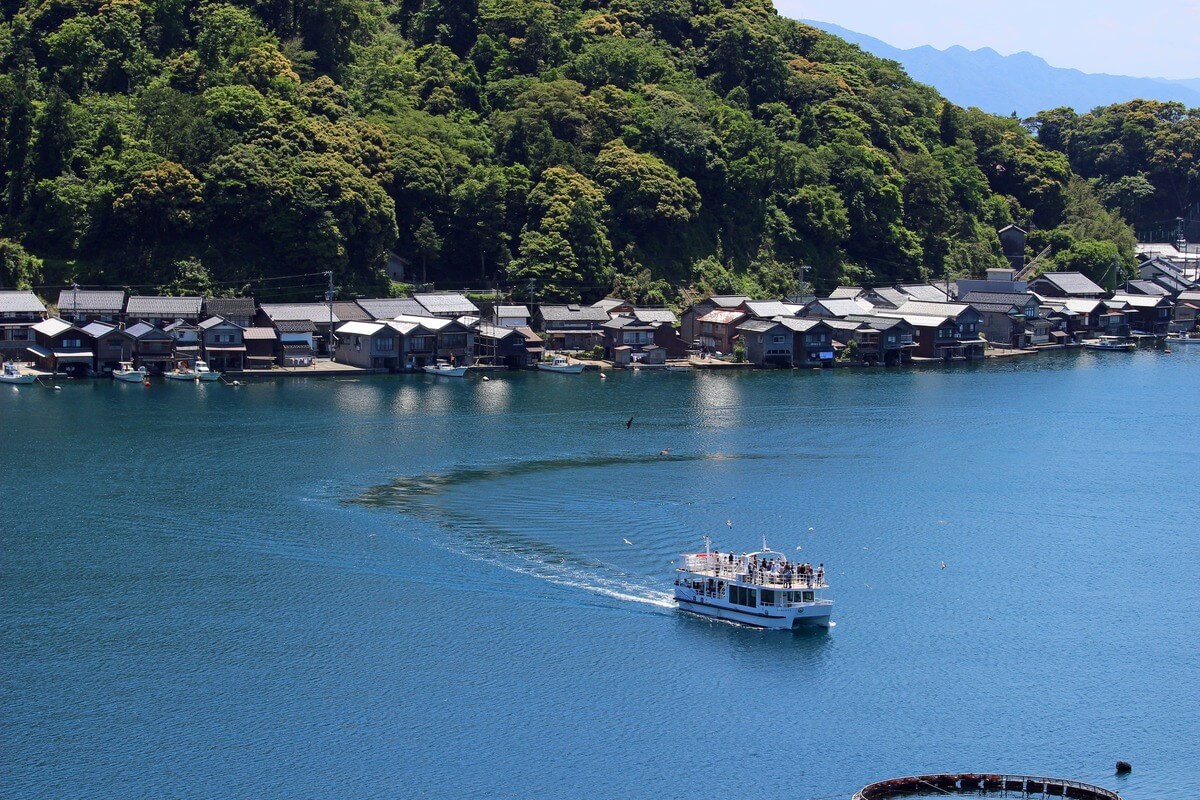
Ine Town’s seaside area is lined with about 230 private houses facing the sea, called boathouses. Funaya (Boathouses) are unusual in that the first floor is a garage for the boat and the second floor is the living space. They look like houses floating on the sea and are called the “Venice of Japan” because of their resemblance to the Italian water city of Venice.
It is recommended to take a sightseeing boat ride around Ise Bay to view the beautiful scenery of the boathouses from the sea. There are also guest houses in the boathouses, so you can stay overnight and experience life closest to the sea.
Motoise Kono Shrine
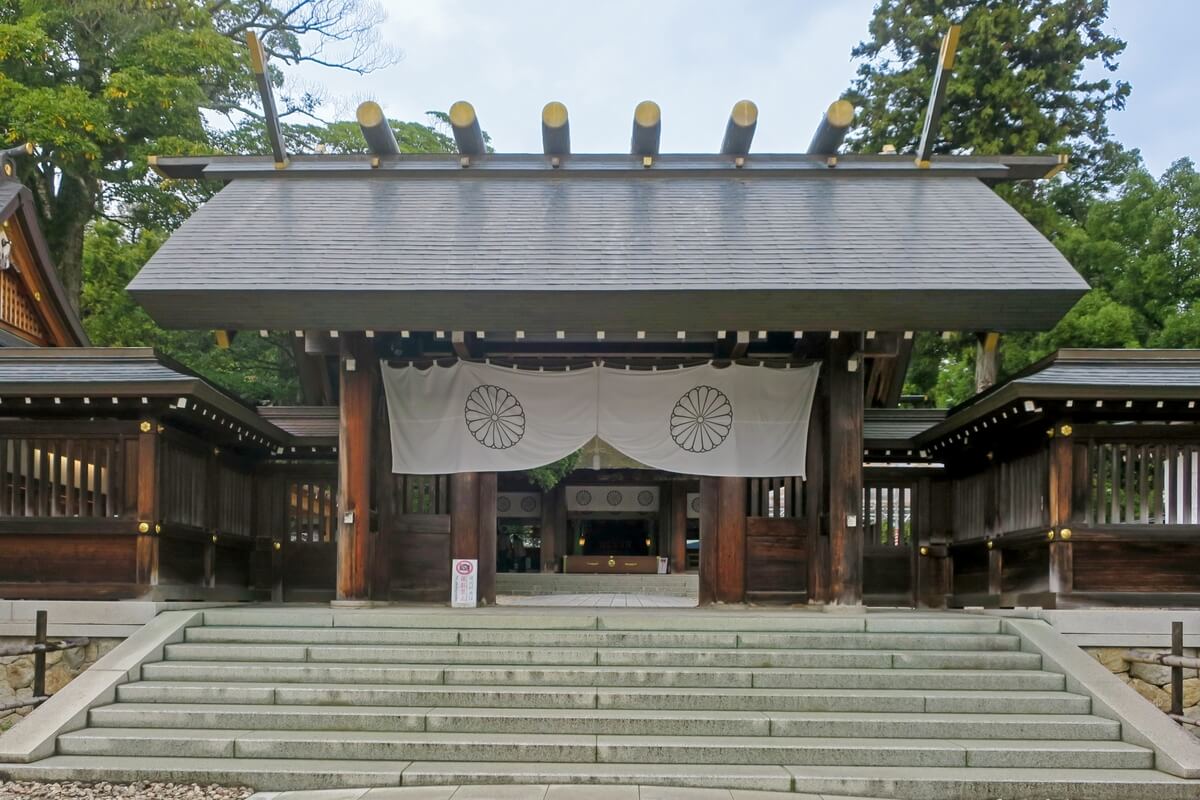
Located in Ogaki, Miyazu City, this shrine is considered the root of Ise Jingu, the most important shrine in Japan. It is called Motoise because it is said to be the place where Amaterasu and Toyouke were enshrined before they were enthroned in Ise Jingu Shrine. The shrine pavilions of Motoise Kago-jinja are the closest in construction to the main pavilions of the Inner Shrine of Ise Jingu in Japan, allowing visitors to feel the deep connection with Ise Jingu. The shrine is also famous for its “Musuhimamori,” which is given only on the days of the new moon and full moon.
Yuhigaura
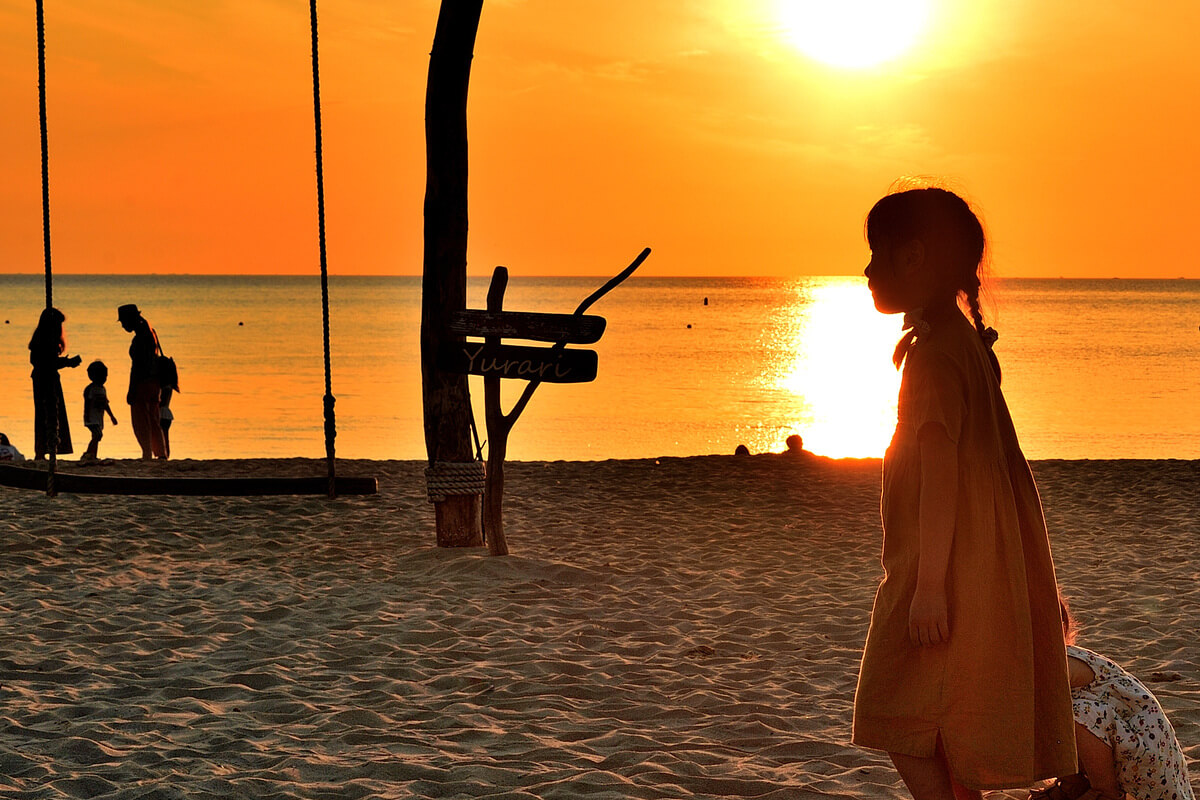
Photo courtesy of Kyotango City Tourism Association
Located in Amino City, Kyotango City, this is one of the most beautiful sunset spots in Tango. Especially from spring through summer, visitors can enjoy the spectacular sunset on the horizon. It is also a popular spot for swimming and fishing, and many inns and guest houses line the beach. The “Yuhigaura Onsen” (hot spring), famous for its beauty, is also located here, making it a relaxing resort area in the Tango area.
Recommended souvenirs in Tango
Tango Chirimen
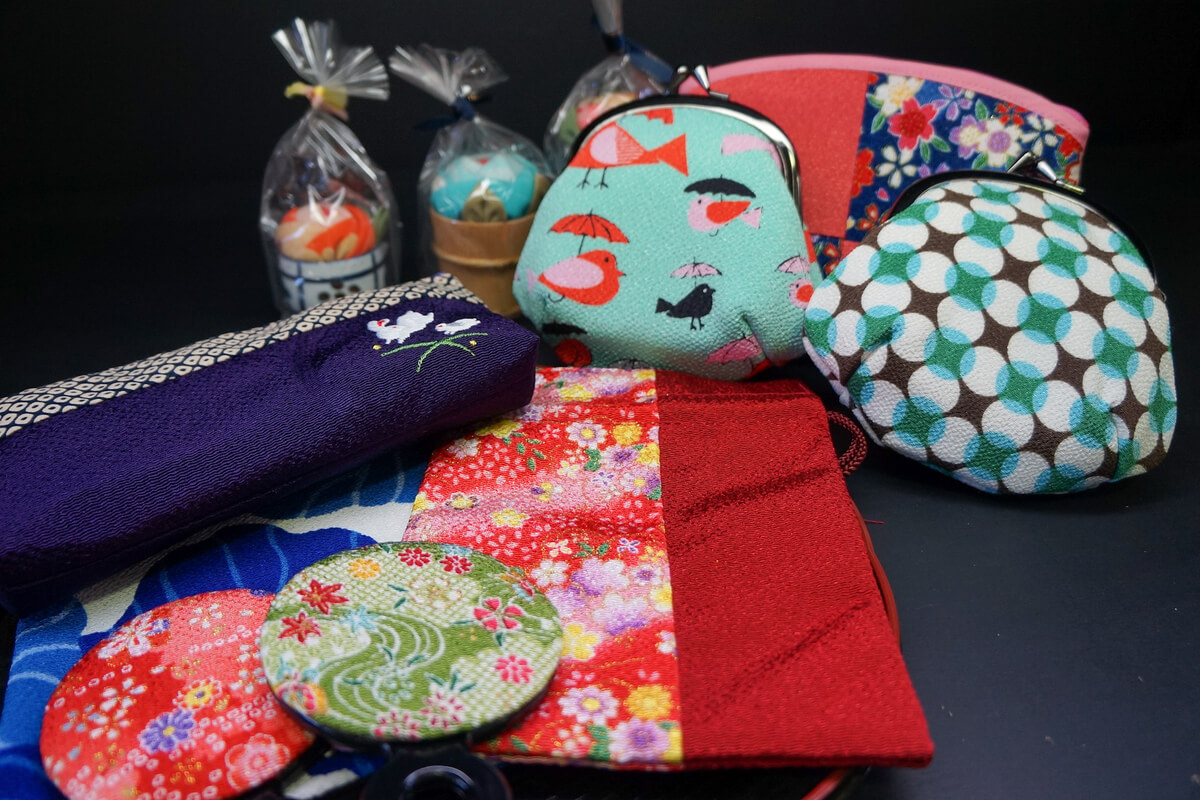
Photo courtesy of Kyotango City Tourism Association
Tango is known as a major textile production area, and Tango Chirimen (Tango Crepe), a traditional Tango craft with a history of more than 300 years, is famous. Tango Chirimen is a post-dyed fabric with fine texture on the surface, and is mainly used for kimonos, obis, and accessories. In recent years, clothes and interior decorations have also been produced, attracting attention from all over the world. Small items such as coin purses and pouches are recommended as souvenirs. In the Tango area, you can also take a tour of a manufacturing factory and experience dyeing Tango Chirimen.
Processed marine products
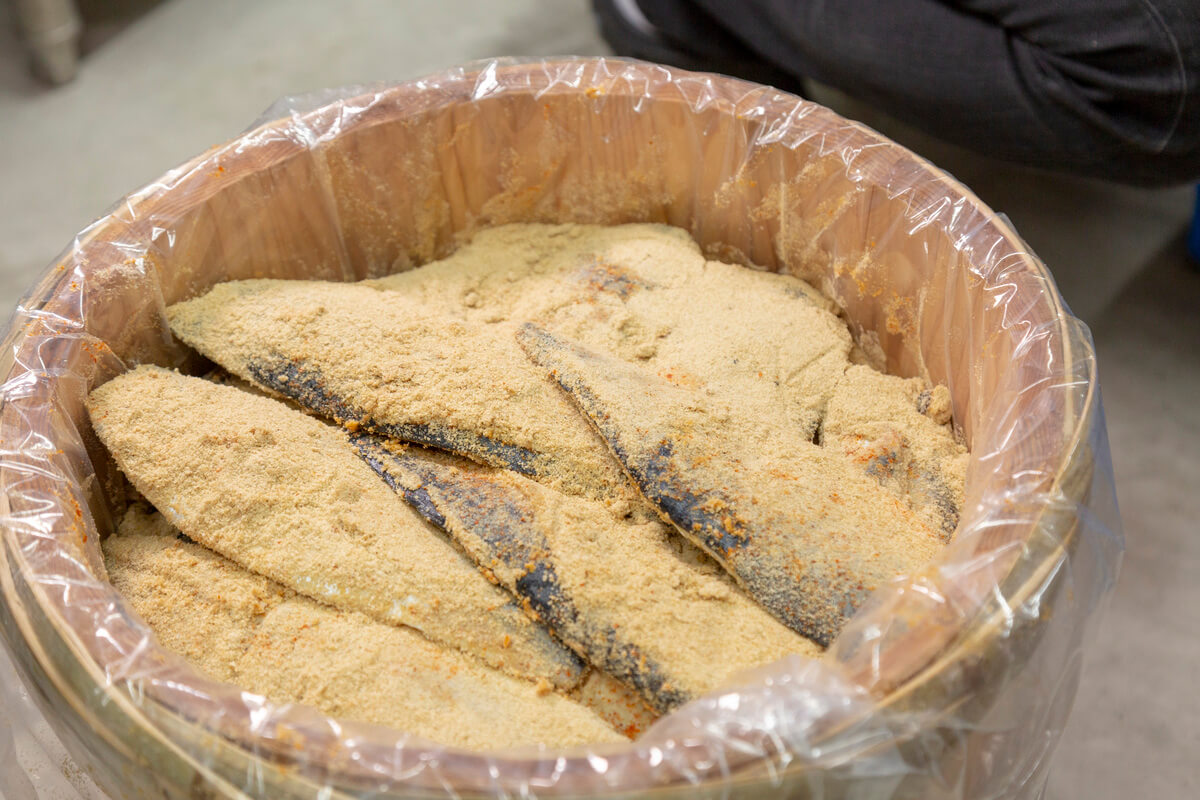
Photo courtesy of Kyotango City Tourism Association
Processed marine products are a perfect souvenir of Kyoto by the sea. Tango’s traditional “heshiko,” or pickled mackerel and other bluefish, is well-known. Canned oil sardine, made by marinating fresh sardines in vegetable oil, is also popular. Other products include dried anchovy and dried wakame seaweed. Visitors can bring home the gastronomic delights of Tango, which faces the Sea of Japan.
Sake
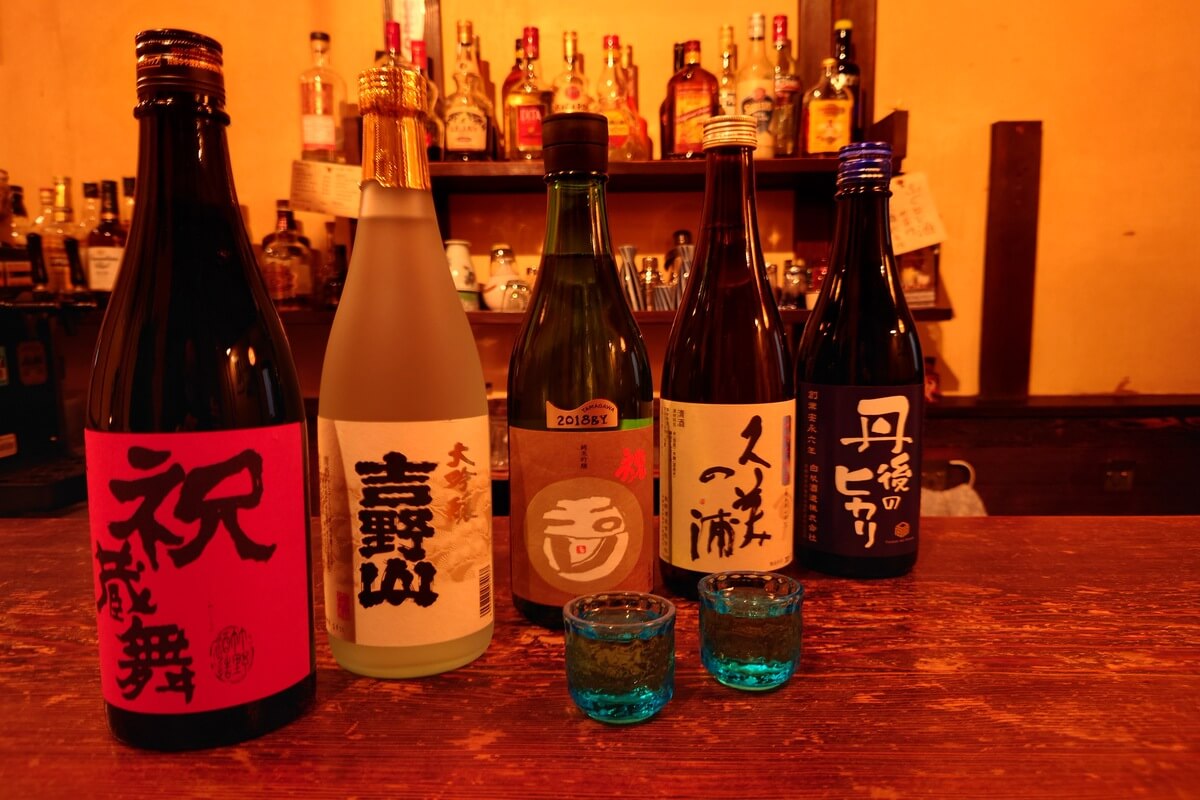
Photo courtesy of Kyotango City Tourism Association
Tango is said to be the place where rice was first cultivated in Japan, and there are records of sake brewing in the area dating back about 600 years, making it a place with a long history as the root of sake. The toji (chief brewer of sake) from the Tango region is called Tango Toji, and was involved in sake brewing in Fushimi, Kyoto, and other places. Today, about 10 sake breweries each produce their own unique sake, which is popular among sake fans not only locally but also throughout Japan.
Tango’s Local Gourmet
Tango Barazushi
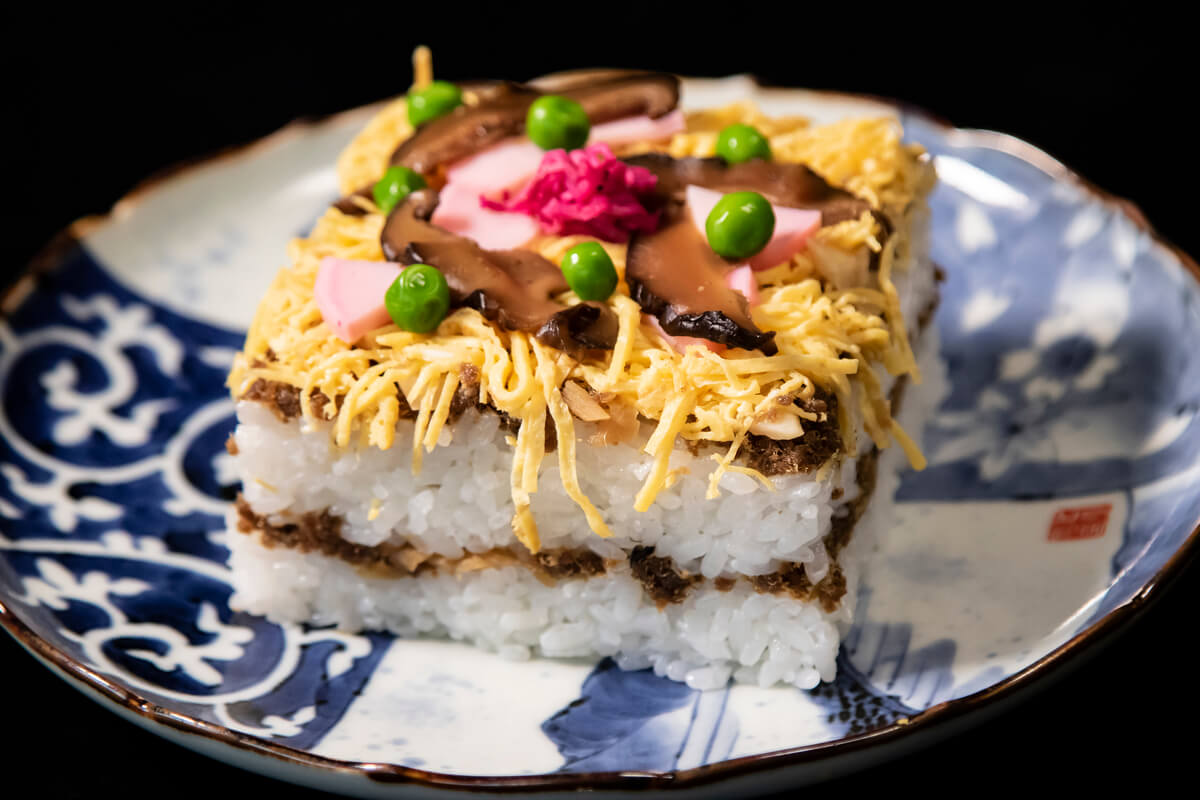
Photo courtesy of Kyotango City Tourism Association
Tango Barazushi is a local dish from the Tango region. It is made of mackerel boiled in a sweet and spicy sauce, then finely chopped and sprinkled with “Saba no oboro” (mackerel boiled in a sweet and spicy sauce), egg, dried shiitake mushrooms, fish cake, and other ingredients. Because of its beautiful appearance, it is a local delicacy that is enjoyed by many people on special occasions such as festivals and celebrations. Tango Barazushi is available at stores and lodging facilities in the Tango area, each with its own special seasoning.
Seafood
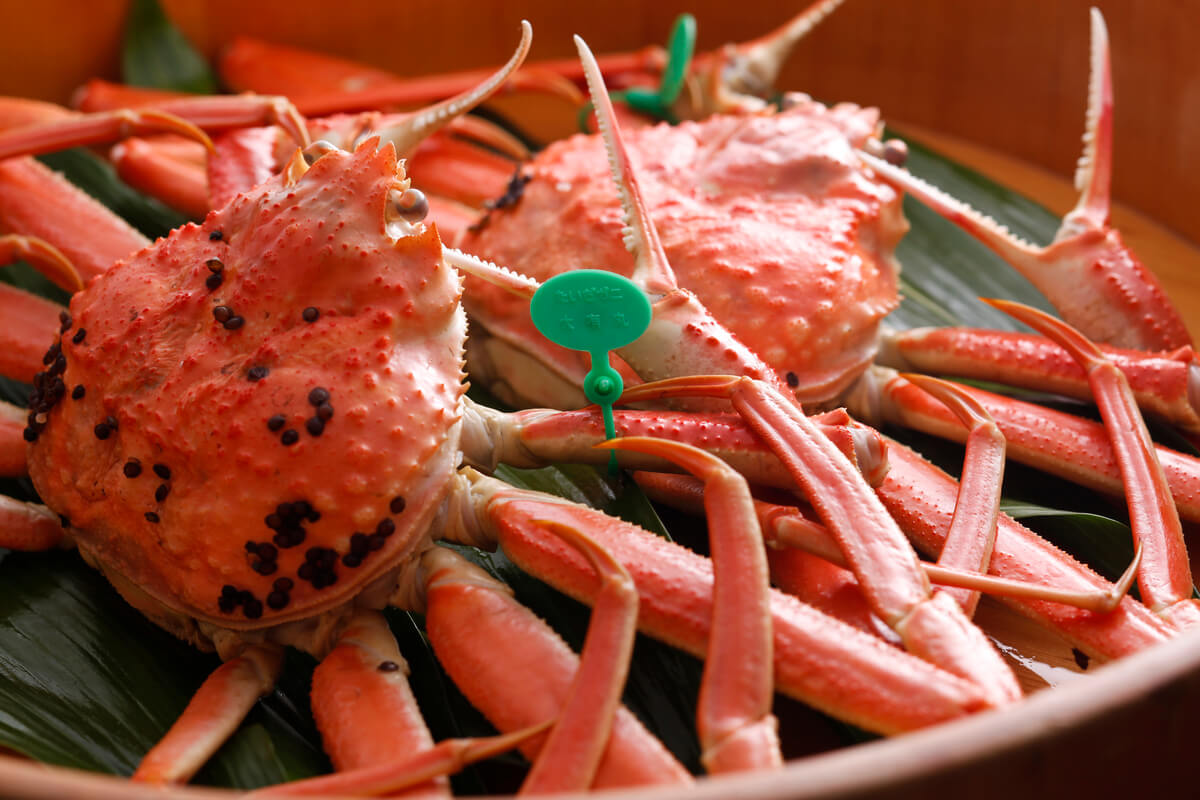
Photo courtesy of Kyotango City Tourism Association
In the Tango region facing the Sea of Japan, seafood dishes are not to be missed, as seasonal seafood is caught in each season. In particular, the “Taiza crab,” a high-class brand of snow crab landed in Tango Town, Kyotango City, “Kumihama oysters” farmed in Kumihama Bay, and the large, meaty “Tango torigai,” or Tango cockles, are popular tastes of the sea that can only be enjoyed in the Tango region. Ine Town is also known for its large catch of yellowtail, and in winter, visitors can enjoy “Buri shabu” (a Japanese hot pot dish using yellowtail), which is said to have originated in Ine Town.
Strawberry
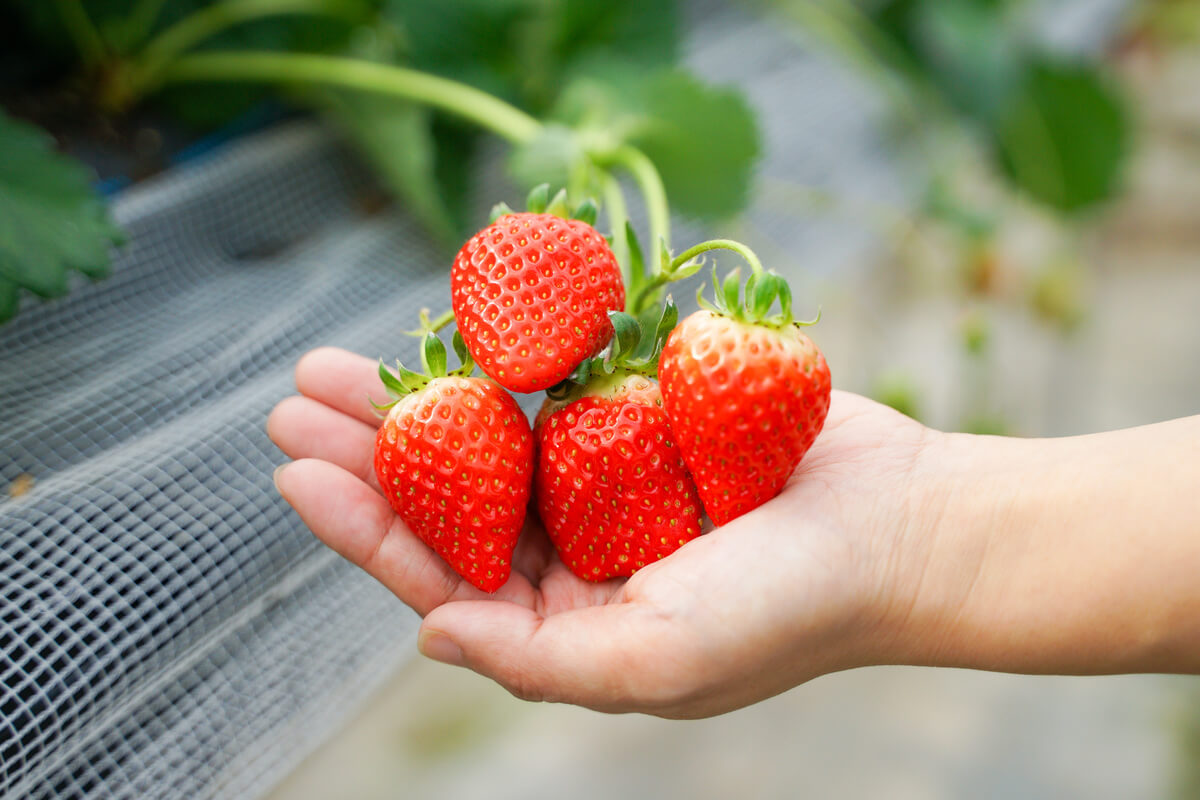
Photo courtesy of Kyotango City Tourism Association
In Tango, a region rich in nature, many strawberry farms are scattered throughout the region, and visitors can enjoy strawberries, a representative spring fruit. The Tango region grows strawberries with high sugar content and low acidity due to the cool temperatures from winter to spring and the large temperature difference between day and night. In addition to strawberry picking, where you can enjoy freshly picked strawberries at strawberry farms, you can also enjoy sweets made from strawberries at various locations. Please try the rare strawberries grown in Tango.
Let’s go to Tango, Kyoto by the Sea
Surrounded by the sea and mountains, the Tango area is rich in nature and offers a sense of Japanese history. It takes about 2 to 3 hours from Kyoto City by car or train, so please take a short trip during your trip to Kyoto. There are many traditional Tango gourmet foods and souvenirs, so you will be able to fully enjoy the charms of Kyoto by the sea.
